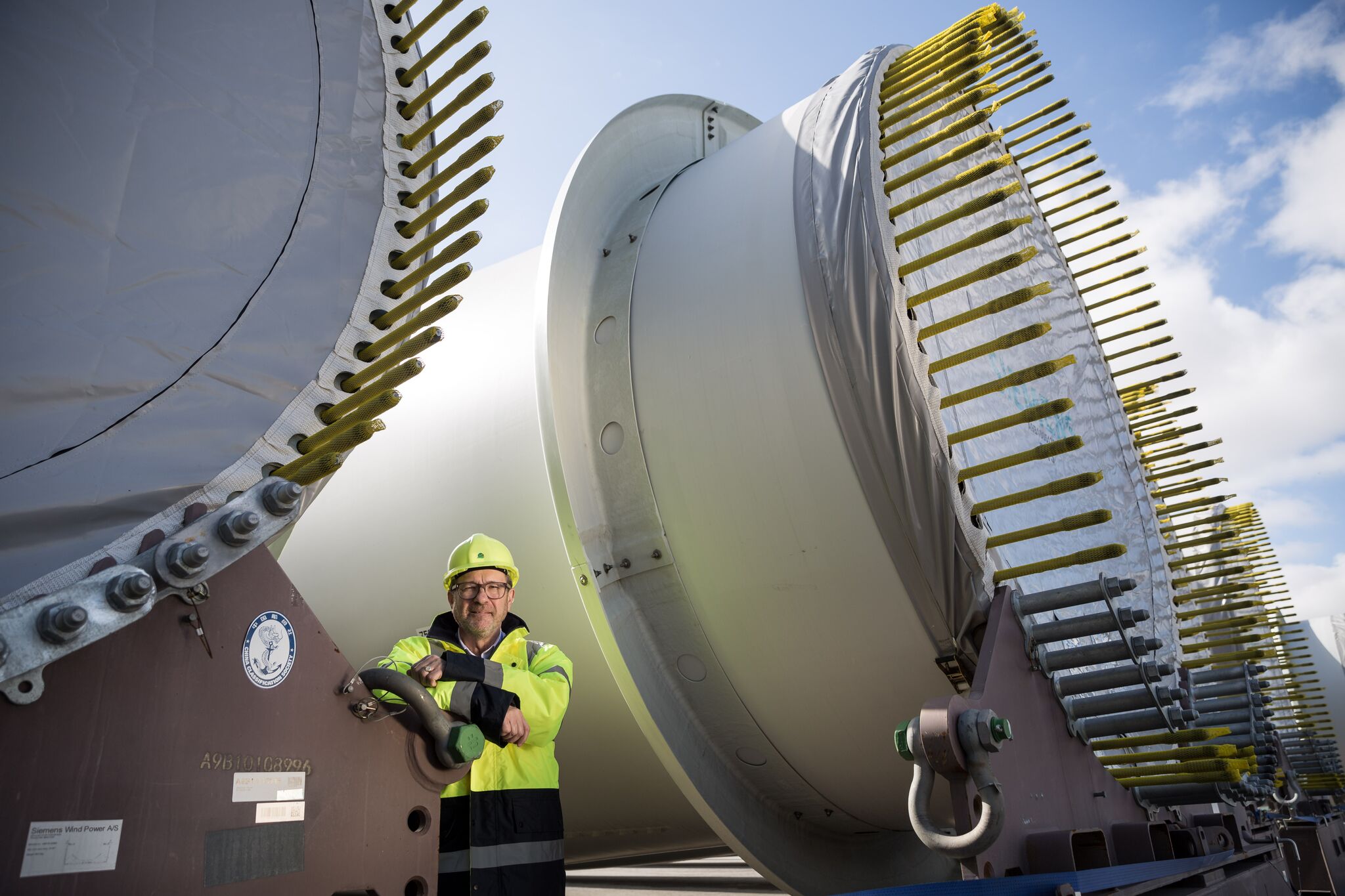In Search of Just Transition: Examples from around the world
What is a just transition? Essentially, it’s a balancing act.
From an environmental perspective, we know that we need cleaner energy to meet the Paris Agreement goals and avoid the most catastrophic effects of climate change. From an economic perspective, those cleaner energy options are consistently dropping in price, making them increasingly more attractive than fossil fuels (e.g., solar energy prices have fallen more than 80 per cent over the past decade alone according to the International Renewable Energy Agency). And finally, from a social perspective, we understand the need for work that pays well in the energy sector, providing the necessary benefits for workers and their families and contributing to vibrant communities and economies.

The energy transition is happening, and these three dynamics mean concerted efforts are needed to ensure the transition is fair for all. The implications are massive. Protests over energy policies in France, Canada, Mexico and elsewhere show just how high the stakes are, and that people are watching closely.
After all, energy transitions are about people: the ones who make the decisions and the ones affected by those decisions. A “just transition” approach ensures that the affected people are considered by those making decisions.
Examples from around the world show how countries have looked to adopt the just transition approach:
- Poland was forced to face coal restructuring that had shrunk employment in the coal mining sector by 75 percent in only a decade and a half. The government worked with labour unions to develop a mining social package and special privileges for mining communes.
- In Indonesia, President Joko Widodo—recognizing that transport fuel subsidies were unsustainable for the national budget—campaigned in 2014 on subsidy reform, with the promise of better alternatives to promote development than cheap fuel. Upon election, he used his mandate to remove the subsidies and replaced them with investments in infrastructure, transfers to villages and poverty reduction programs.
- A national commitment to phase out coal-fired electricity in Canada was coupled with a national task force made up of industry, labour, environment and coal community representatives. This group travelled across the country to listen to Canadians regarding the supports and government policies they would need to weather the transition and come out stronger.
- In Egypt, the government promoted a message of “shared sacrifice” to make the case for much-needed fuel price reforms that would meet an urgent need for financial and economic stability. The message was coupled with measures—including minimum wage boosts, food stipends and progressive taxation—to ensure that no one was left behind and that no “sacrifice” was too large.

In each of these cases, the people affected by the transition were part of the decision-making process. A common thread was an understanding of the local context, to know who had influence and who would be affected by transition. Champions were identified to carry the message of the need for transition within their own constituencies, building a coalition for reform. Making the case through transparent and inclusive engagement and communication was critical so that people knew why the transition was occurring and how their concerns would be addressed. Finally, complementary policies were adopted to implement the transition and ensure vulnerable groups were protected. This “4C” approach has proven to be a hallmark of sustainable transitions.
The proposed Green New Deal in the United States and a similar move recently called for in the United Kingdom are positive signs that climate policy debates are moving from the realm of technocrats to recognizing social realities. Putting people at the heart of climate policy is essential to how we manage the move to a low-carbon future.
